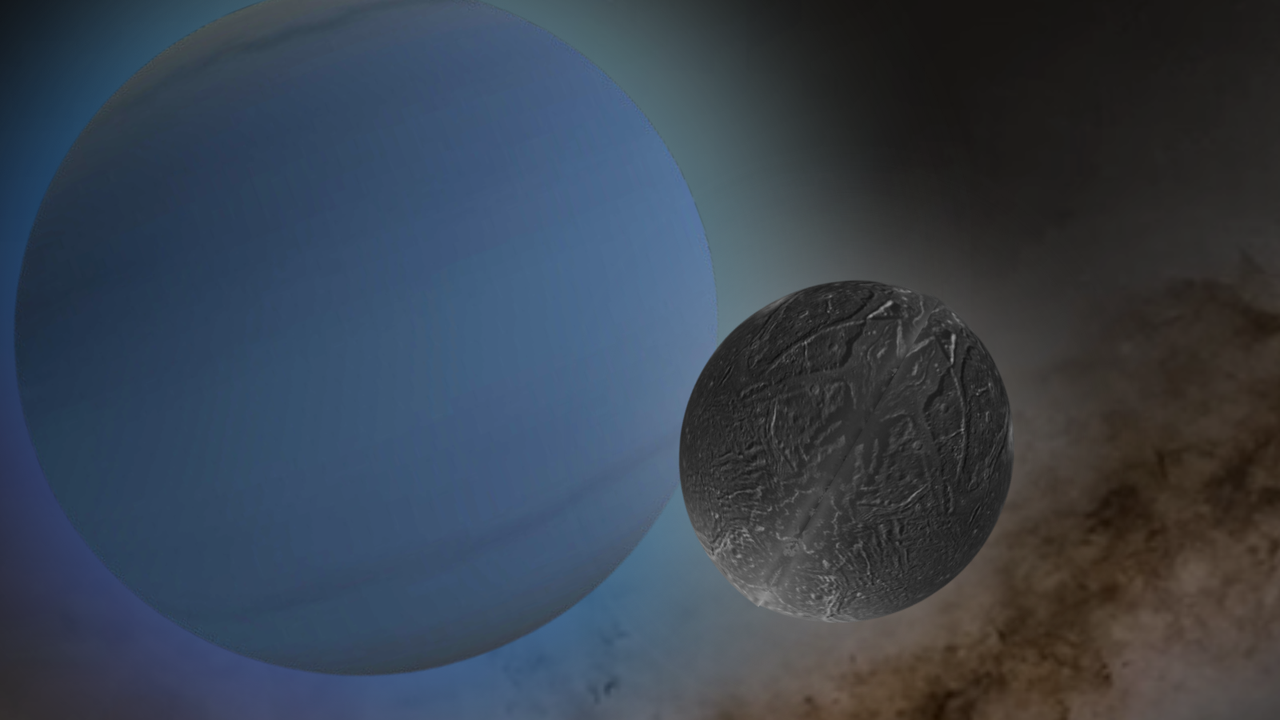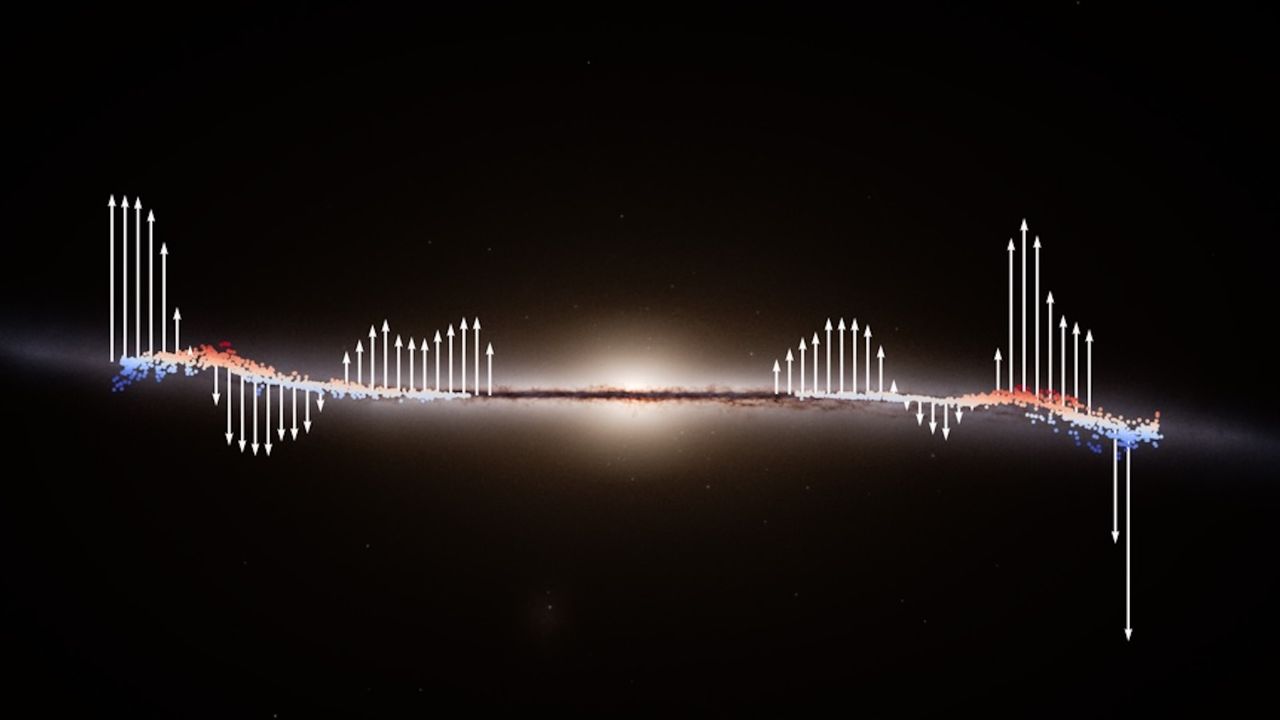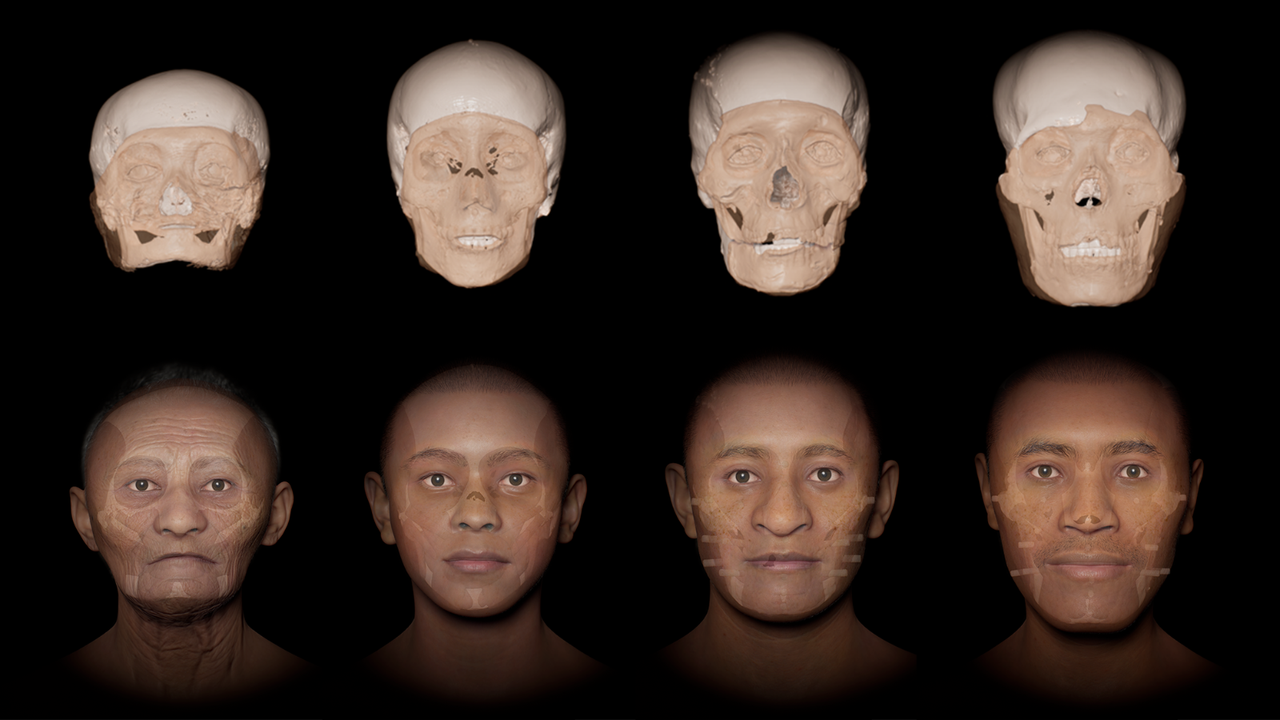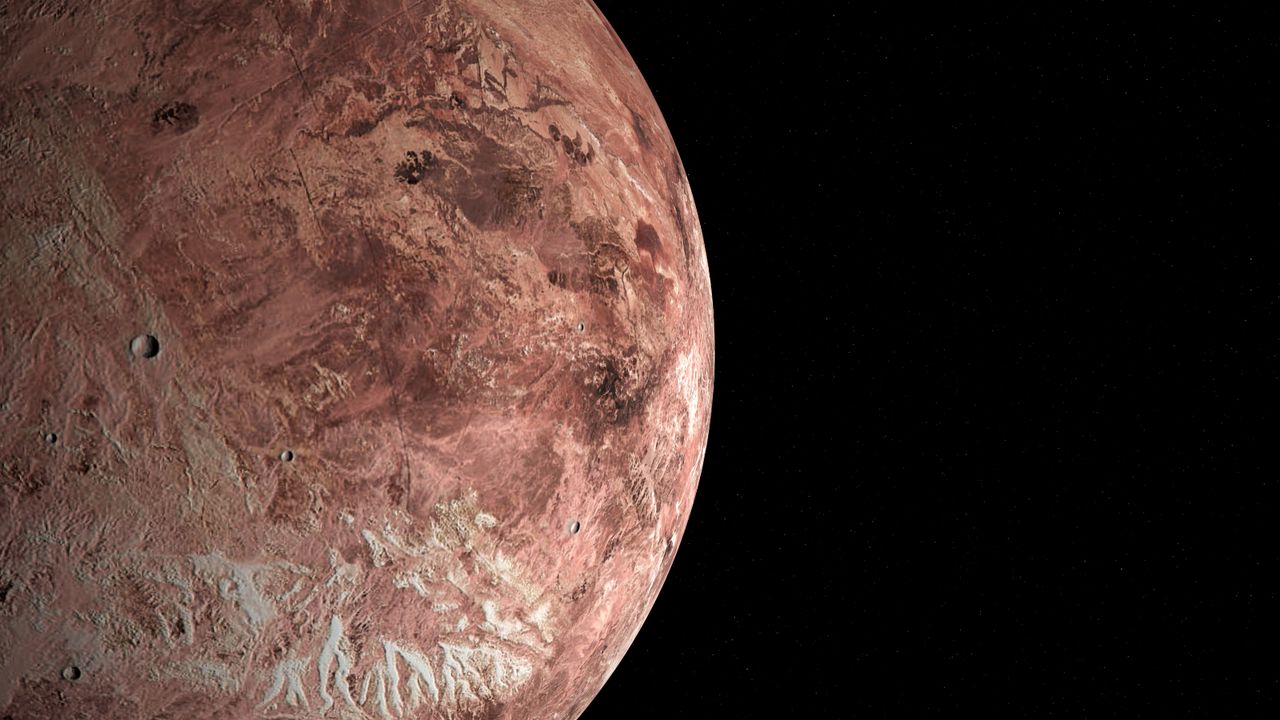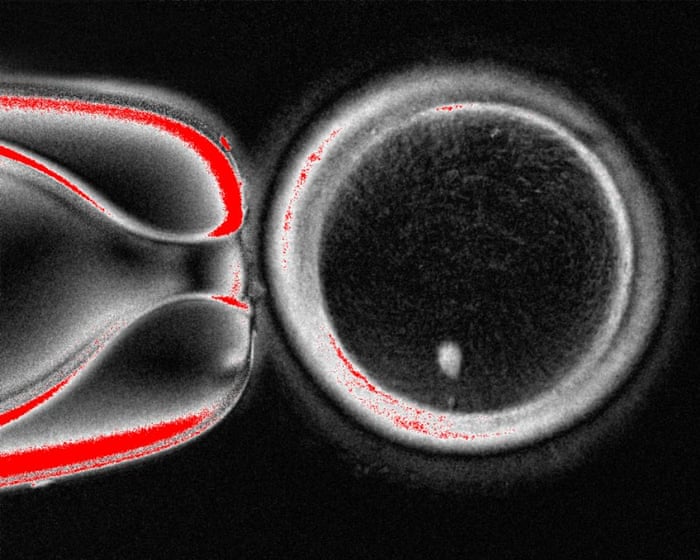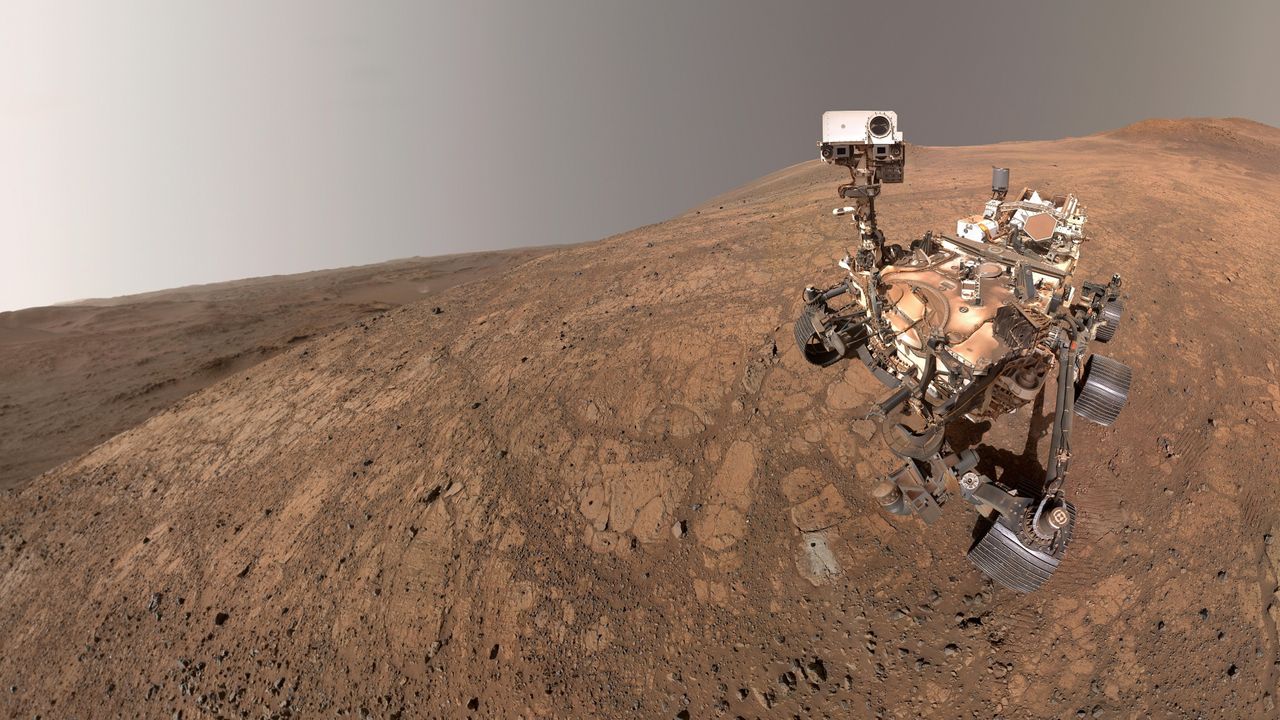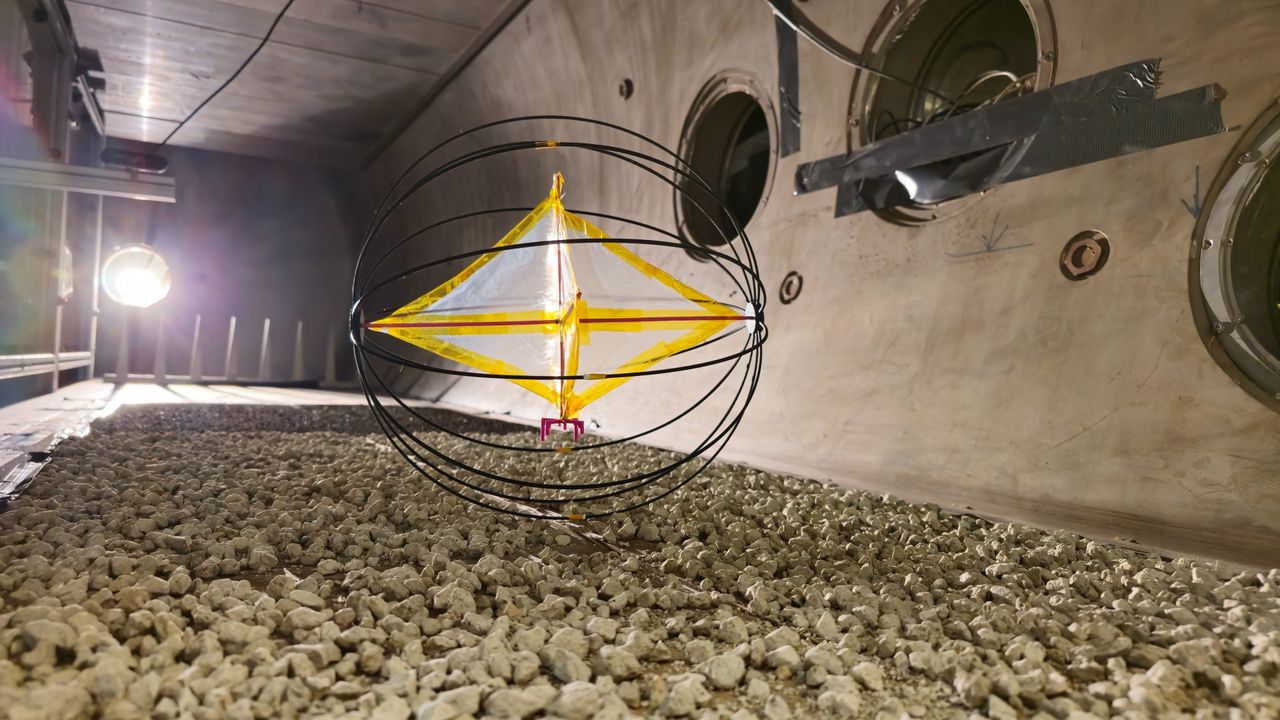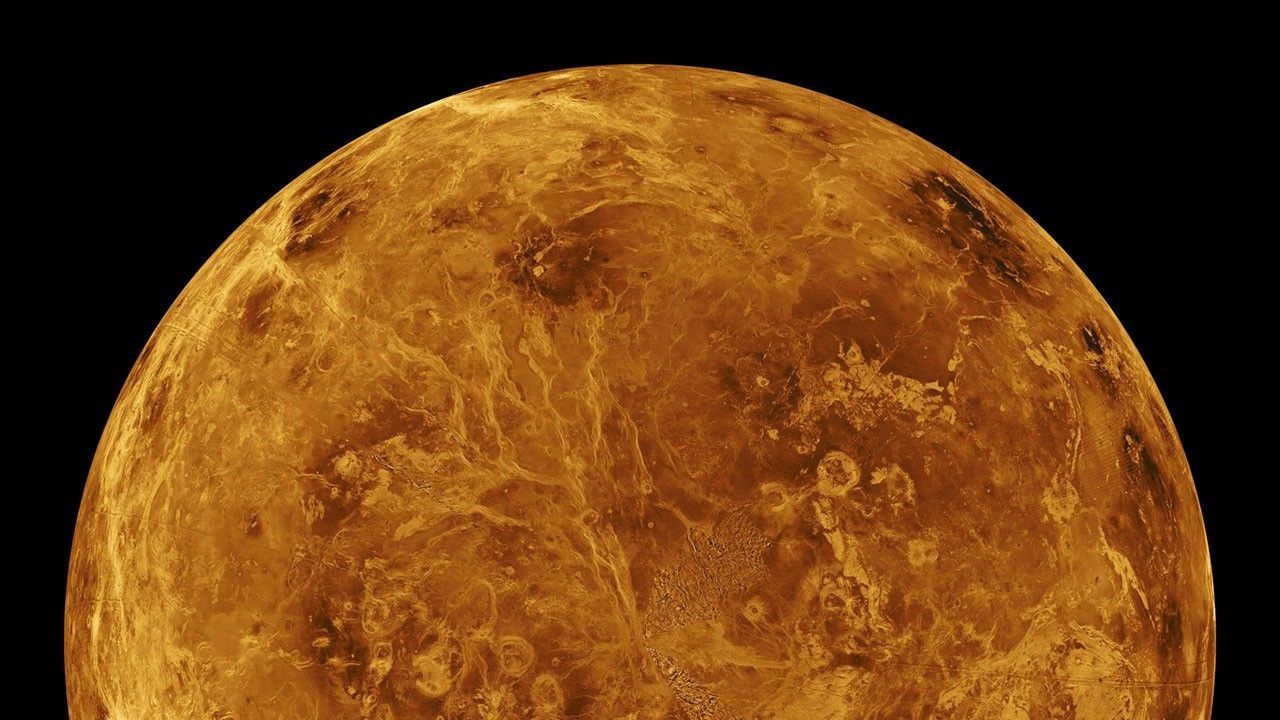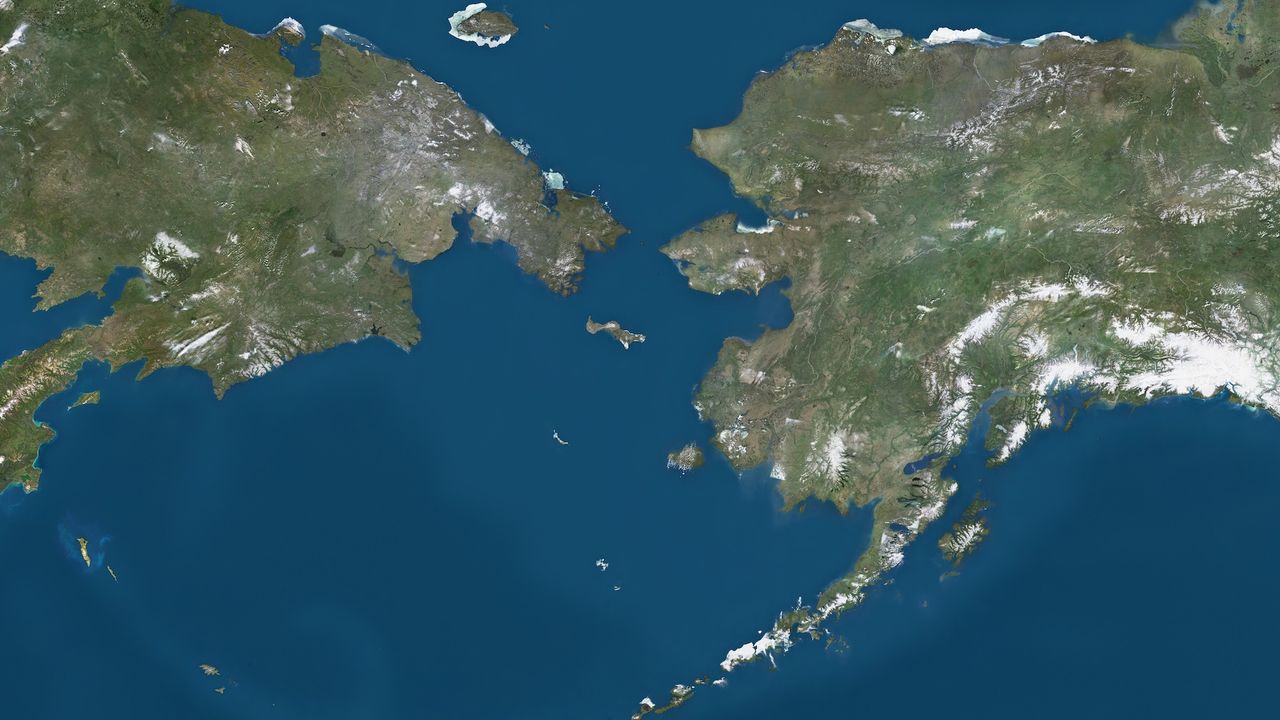Scientists created human egg cells from skin cells — then used them to make embryos
PositiveScience

In a groundbreaking experiment, scientists have successfully created human egg cells from skin cells, which were then fertilized to produce embryos. This innovative approach not only showcases the potential of lab-grown reproductive cells but also opens new avenues for fertility treatments and genetic research. The ability to generate human eggs from readily available skin cells could revolutionize reproductive medicine, offering hope to those facing infertility and advancing our understanding of human development.
— Curated by the World Pulse Now AI Editorial System
